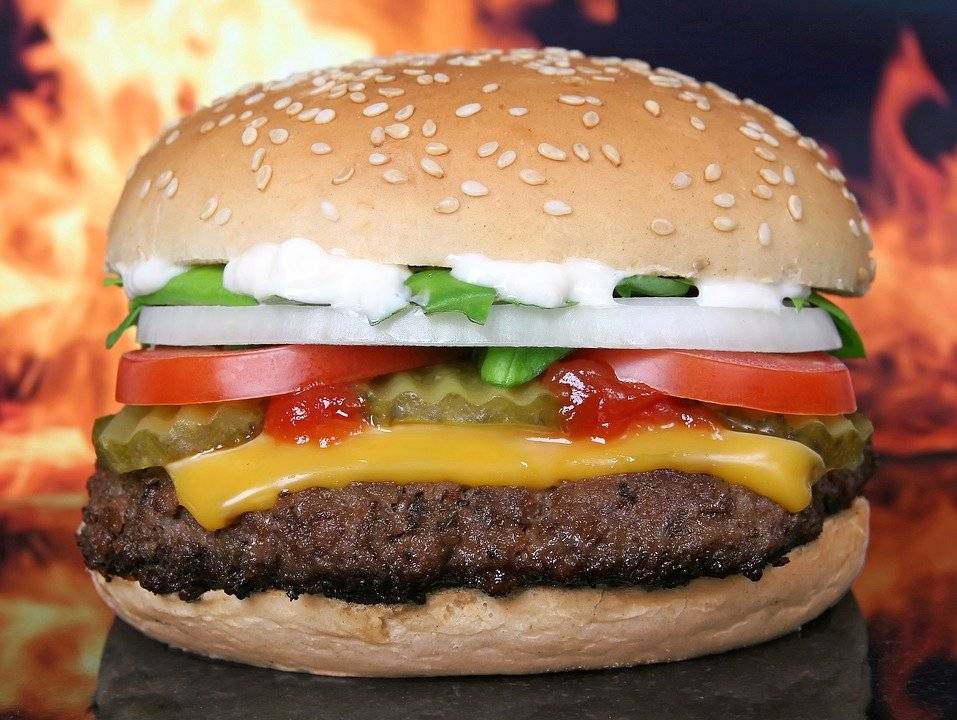Here is the next post in the series of Student Blog Contest. This post is authored by Neerja Gurnani.
I recently went to the Burger King outlet that has been causing immense amounts of hype in Indian teenagers, stood in queue, got a burger, and eagerly bit into it, expecting my mind to be blown. Instead, I was greeted with a very familiar taste – that of a McDonald’s burger. This led me to ask, can taste be patented?
Recipes have been famously protected as trade secrets – for example, Coca-Cola protects its Classic beverage formula by avoiding disclosure and keeping a massive security vault that supposedly holds the recipe, KFC moves its recipe in a locked briefcase in an armored car, and so on. Companies rely on the assumption that no one can copy it without being given the recipe. Keeping in mind that analytical techniques improve every day, this has become a dangerous approach, which brings us to patents.
Patents provide a different sort of protection. The inventor possesses the exclusive right to the invention for a period of time. A patent a day keeps a competitor far away, which cannot be said for trade secrets; wherein components of a food product can be identified scientifically and imitated close enough to cause damage.
Here’s where it gets tricky though. Although many attributes of food have been patented – fried pizza crust, microwavable foods, etc, however to find a patent for a product characterized by a sensory attribute itself, is tough. Courts have pointed out the lack of co-action between the ingredients and been concerned with the lack of invention. Going back the engineering that goes into obtaining foods with sensory properties nowadays (sauces, ranch dressings, etc), this view is due for an overhaul. Can a food product be patented with the differentiating factor being taste? It can, but it’s not easy.
Section 2 of the Patents Act, 1970, defines invention as a new product/ process involving an inventive step and capable of industrial application. The food item must fulfill two criteria – it must be “new” (the novelty requirement) and “non-obvious”, i.e., the inventor must show that the food radically varies from other existent foods. The standard for evaluating non-obviousness is derived from US Supreme Court’s Graham v. John Deere decision. And as per Section 10 of the Act, the patent must also include the description of the invention, of the operation, use, method of performance of the invention, etc.
Here, careful drafting of the patent application and good technical explanation is extremely crucial. One needs to measure the taste profile, teach how to achieve and test it. The profile can be defined with ingredients, or via techniques, things like low calories, shelf life, texture, appearance, etc. More novel the idea is, the stronger the patent will be. The only downside is the total disclosure involved and the immense difficulty that lies in expressing how your recipe is different from anyone who may throw together similar ingredients in their kitchen.
Everyone has a great family recipe they’d like to patent. Explaining the uniqueness behind is the real challenge. It’s not impossible, though. India got the GI certification for Basmati rice and the Hyderabadi Haleem, and a man recently applied to patent 20 types of idlis so all’s not lost yet! If you do try to patent a food based on taste, you’d certainly be more original than Burger King (in my humble opinion) and who knows, your patent could be the next best thing since sliced bread!
– Post authored by Neerja Gurnani
Source: here, here, here, here, here and here



